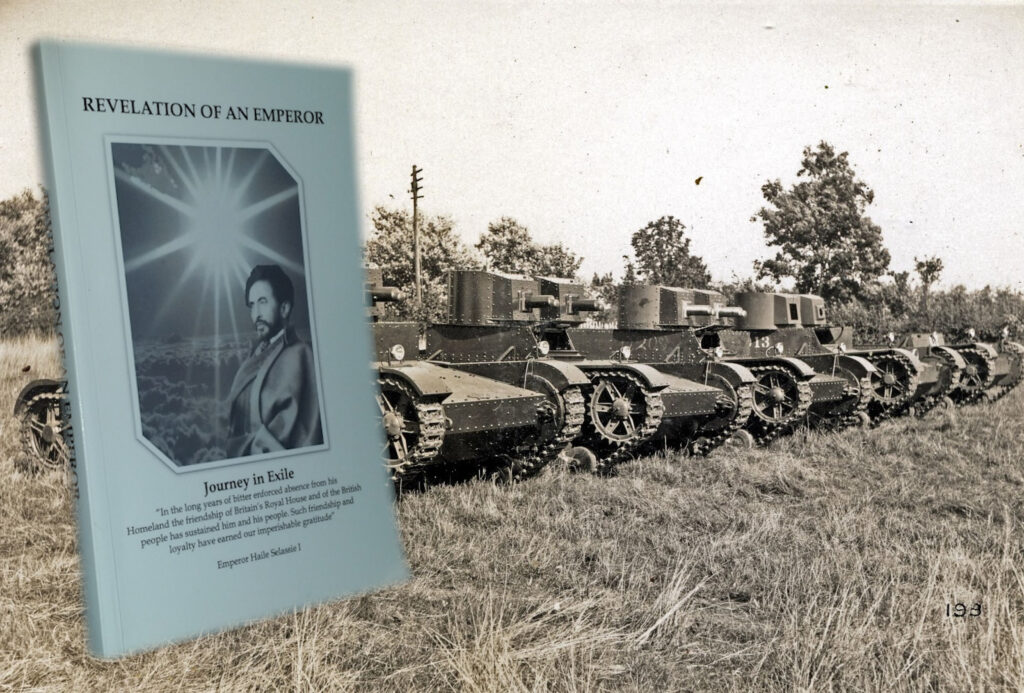
Book – depicting the events of the Second Italio-Ethiopian War
At the end of the 19th and the beginning of the 20th century there was a battle raging in the consciousness of mankind, and an aura of gloom hung over civilization. The forces of good, Freedom, Justice and liberty, fought against the forces of evil, depravation, cruelty and corruption. It’s a time where mass murder and pillage would be justified in the conscience of those who commit to its words. An age where the exploitation of the weak in preference to the strong, would be seem as the correct manner and form of behaviour. This is a world where the good conscience of mankind would take backstage to the ambitions of evil false prophets and dictators, whose ambitions of power and empire would know no bounds. Out of the bottomless pit of the mind of mankind arose a dark cloud, of anxiety and mistrust, and from its epicentre arose the Beast the tormentor of mankind, and the blasphemer of the ‘Holy Word of God’.

1st Italio-Ethiopian war
Under Emperor Menelik II, Ethiopia defeated an Italian invasion in 1896 at Adowa, and Ethiopia came to be recognised as a legitimate state by European powers. . On 1st August 1923 Ras Tafari Makonnen, the regent and heir to the throne of Ethiopia, applied for membership of the League of, Nations on behalf of his country, his application was accepted. Ethiopia now stood on the stage of world affairs. .
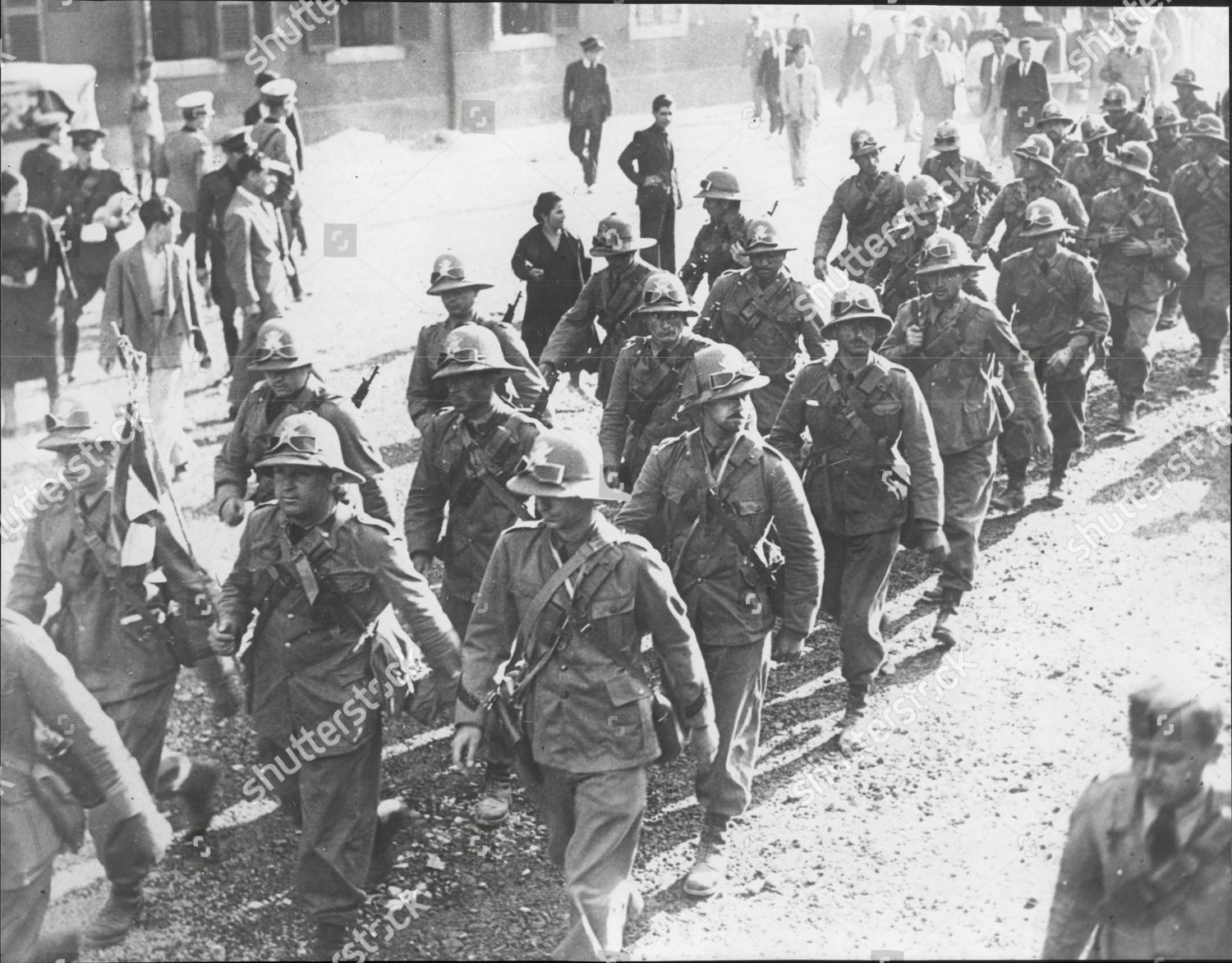
Build up
The Italians increasingly saw Ethiopia as their natural colonial hinterland for their Somaliland and Eritrean colonies. In July 1935, Mussolini amassed over 650,000 Italian troops on the frontiers of Ethiopia. Mussolini wants to reverse the historic defeat suffered by Italy from the armies of Ethiopian Emperor Menelik II at Adwa in 1896. After manufacturing a border “incident”, his troops attacks Ethiopia.
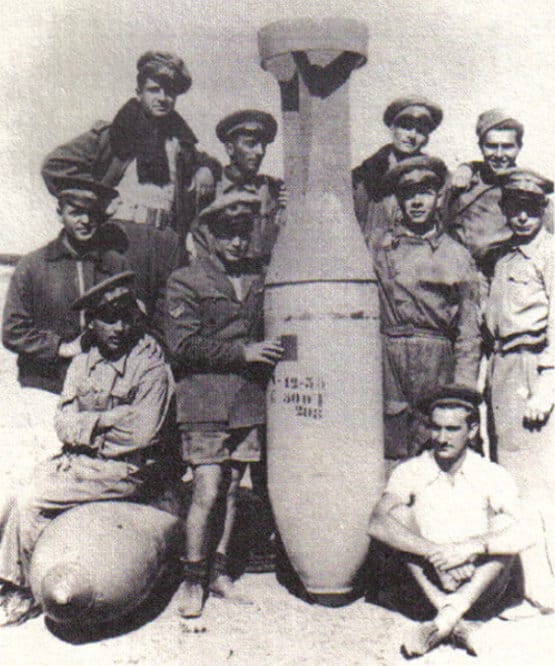
Battlefield
On the 3rd October 1935 the Beast arose once again with his false prophets. Italy then invaded Ethiopia from their Eritrean base after Mussolini had visions of wealth, power and glory. Mussolini and his generals then sought to cloak the use of chemical warfare in the utmost secrecy, this was prohibited by the Geneva Protocol, of 1925 but the use of mustard gas was revealed to the world by foreign observers.
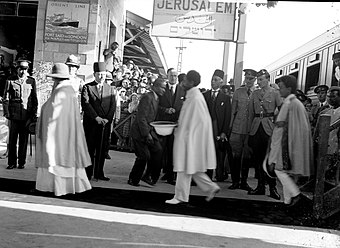
Exile
Haile Selassie announced to thw world, “We have decided to bring to an end the most unequal, most unjust, most barbarous war of our age, and have chosen the road to exile in order that our people will not be exterminated. Then on 2nd May 1936, Haile Selassie left Addis Ababa departing with his family for Djibouti, two days later the Ethiopian exiles had left Djibouti aboard the British cruiser HMS Enterprise. The following day on 5th May 1936, Marshal Pietro Badoglio led Italian troops into Addis Ababa, Ethiopia’s capital and Mussolini declared Ethiopia an Italian province.
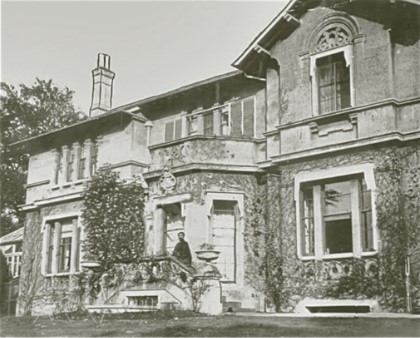
Life in Exile
Haile Selassie I arrived in Britain on June 3rd 1936 as an exile aboard the ocean liner, ‘Orford’ in Southampton. His status in Britain was that of a ‘visitor’, officially incognito. Haile Selassie, as deciding to spend August in Bath for rest and recuperation”. He arrived in Bath on bath on 5th August 1936, where he was besieged by the awaiting crowds. The Estate agents Fortt, Hatt, & Billings directed his attention to Fairfield House which stood empty in spacious grounds in Newbridge Hill. he eventually bought this house at a price later reported to be £3,500. By mid-September Haile Selassie had a new home.
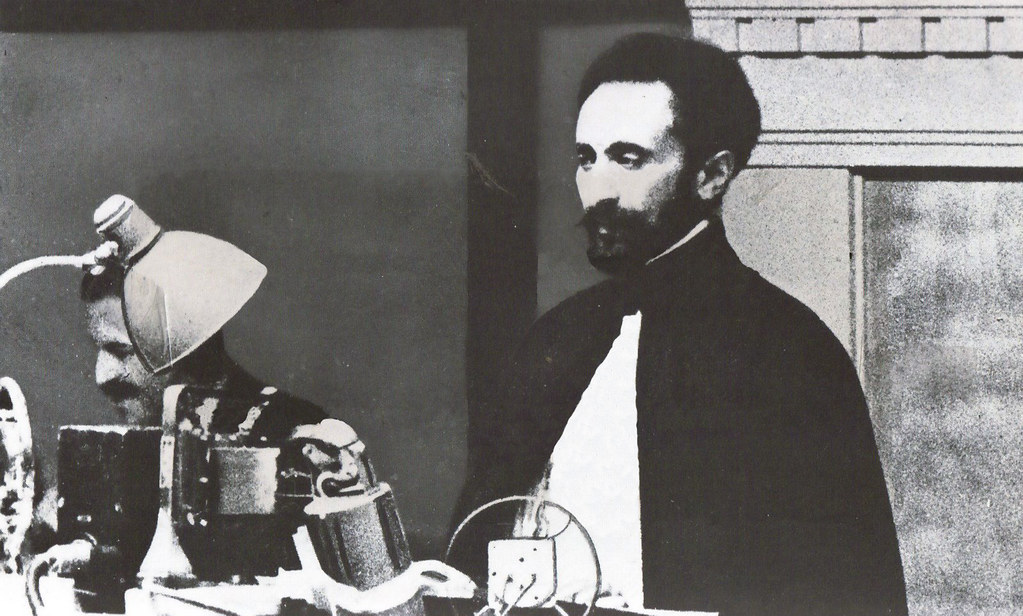
League of Nations
The war with Italy continues, and on 30th of June 1936 Haile Selassie travelled to Geneva with his delegation to address the Leauge of nations. After being heckled by the Italian delegation, he made his historic speech before the sixteenth meeting of the general assembly of the league of Nations, The Emperor’s speech was taken quite emotionally by audiences around the world, and Time Magazine named him “Man of the Year”. “It is us today, it will be you tomorrow… With these prophetic words the exiled Emperor of Ethiopia, ended his address to the League of Nations.
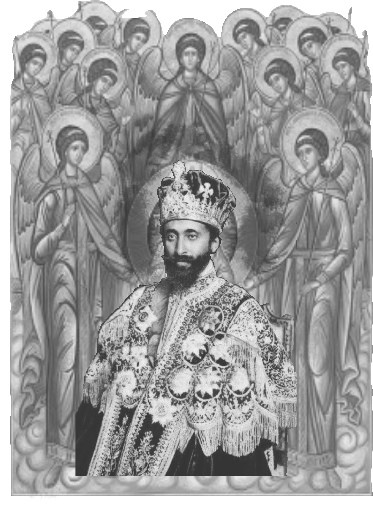
Ethiopian Orthodox Tewahedo Church
Haile Selassie is a devoted Ethiopian Orthodox Christian. His Ge’ez name Haile Selassie was given to him at his infant baptism and adopted again as part of his regna name in 1930. Haile means in Ge’ez “Power of” and Selassie means “trinity” therefore Haile Selassie roughly translates to “Power of the Trinity “, (The Orthodox Christian doctrine of the Trinity, is one of the most important in mainstream Orthodox Christian faith, it teaches the unity of Father, Son, and Holy Spirit as three persons, in One Divine Being, called the Godhead). Haile Selassie was the name he assumed on becoming Emperor, having previously been known as Ras (Duke) Tafari (“he who inspires awe”) Makonen..
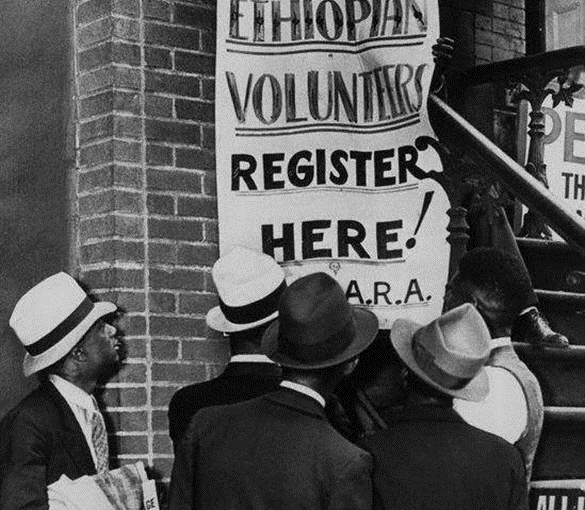
Ethiopian World Federation
, “When Italy invaded Ethiopia, They (Afro-Americans) protested with all the means at their command. Almost overnight even the most provincial among the American Negroes became internationally minded”. Ethiopia was regarded as a Negro nation and its destruction would symbolize the final victory of the white man over the Negro. The United States was not a member of the League of Nations and had remained neutral. Black newspapers covered the war extensively, citing fascist atrocities, criticizing American neutrality and calling for blacks around the world to rally to Ethiopia’s defence. The Ethiopian government even inquired the US government on the legality of African-American recruits.
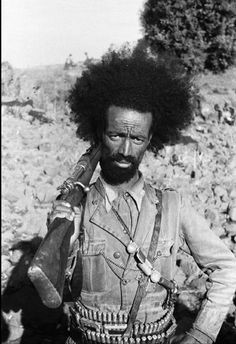
Ethiopian Patriots (Arbegnoch)
While at Fairfield House the Emperor was in constant communication with his patriots fighters in Ethiopia via Khartoum in the Sudan. On leaving to go into exile Haile Selassie I Proclaimed. “We shall return after three months, three years, Or even five years. Those of you who are capable, wait for us, fighting in the bush and valleys. Those of you who are not capable, nevertheless be careful not to forget us, for when we return, we will have our revenge if you have collaborated with the Enemy”. During the Italian occupation of Ethiopia, a significant indigenous resistance movement, the “Patriots (Arbegnoch)” Movement, Emerged. Throughout the occupation period these Patriots remained active and made life difficult for the Italians
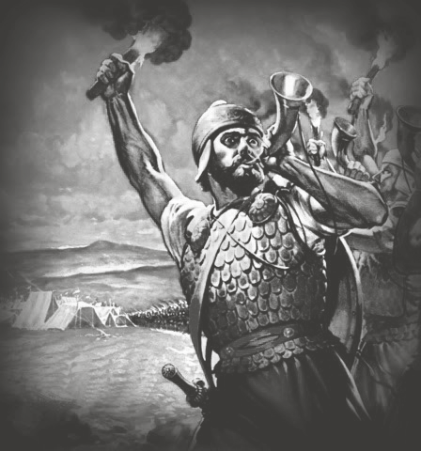
Gideon Force
The Name of “Gideon Force” was given to the army that was used to liberate Ethiopia. The choosing of the name was inspired by Gideon in the bible (Judges 7.7), who chose 300 men, and surrounded the Midianites making them panic to flight thinking they were being attacked by a much larger force. Of one attack it was said “The combined effect had the Italians and their native troops believing they were in the middle of a bombing raid, rather than an attack by as little more than a handful of men. They were completely rattled by the ferocity of the attack, instead of firing on their attackers the Italians instead fired into the sky at non-existent aircraft.”

Victory
The streets were decorated with triumphant arches and lined with Ababa Aregai’s Patriots, South African and Nigerian soldiers and enthusiastic crowds of Ethiopian men women and children. Haile Selassie was met by General Cunningham with great honour, at the old Ghibbi (the old Palace) while the Emperor raised the Ethiopian Flag there was a 21 gun salute, on this same day in 1936 the Italian General Badoglio had raised the Italian flag on the same spot.
In a passionate speech Haile Selassie explored his people not to repay “evil with evil”, referring to the defeated enemy in their mists.

Legacy
At Pinnacle a commune established by Leonard P. Howell a further development occurred, probably after photographs of Somali, Masai, Galla and other tribes in or near the Ethiopian border had become available. This was the plaiting of long hair by men known as the ‘men of dreadlocks’ or simply ‘locksmen’. These men of dreadlocks referred to themselves as Ethiopian Warriors. There arose three distinct groups of Rastafarians all of different appearance, and separated by society. The ‘Locksmen’, the ‘Beardsmen’, and thirdly there is the ‘Baldhead’ or ‘clean-faced’ man who is not obviously distinguishable from the ordinary Jamaican except by some article such as the yellow, green and red pompom or scarf.